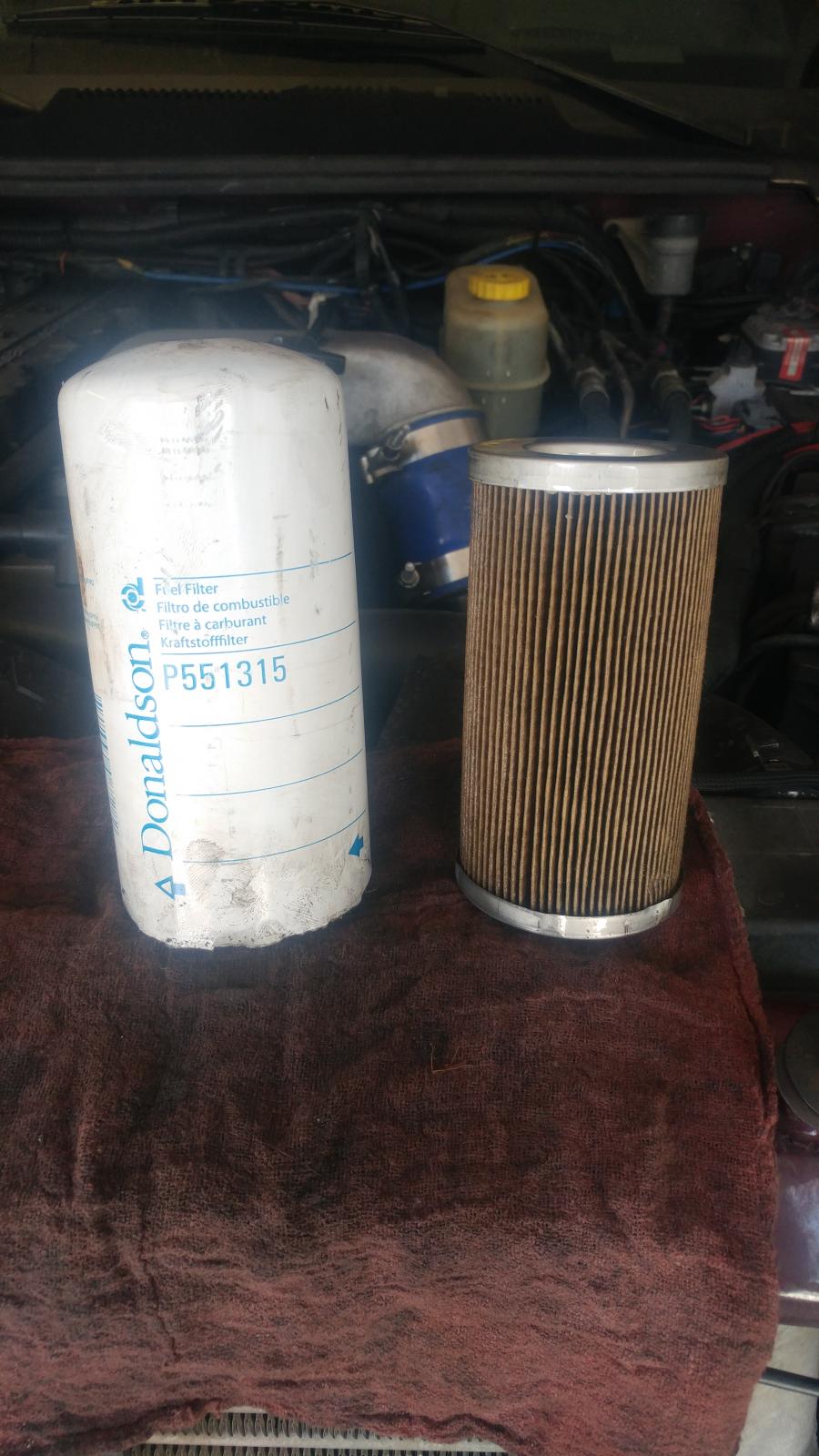- Replies 13
- Views 2k
- Created
- Last Reply
Top Posters In This Topic
-
Bullet 3 posts
-
Dieselfuture 2 posts
-
015point9 1 post
-
Manimalmother 1 post
Most Popular Posts
-
I can see why you would say that...I would think the pores of the paper would deform after spending so much time submerged and changing the filtering ability. And that could only be seen under a micr







I changed them early at 30k miles. Yea I need to leave them in longer. I'm changing too early at 30k miles. Factory rate 15k miles is like fresh out the box yet. Running good ol' petroleum diesel. Mostly from Maverik Fuel Stations here on the west side.